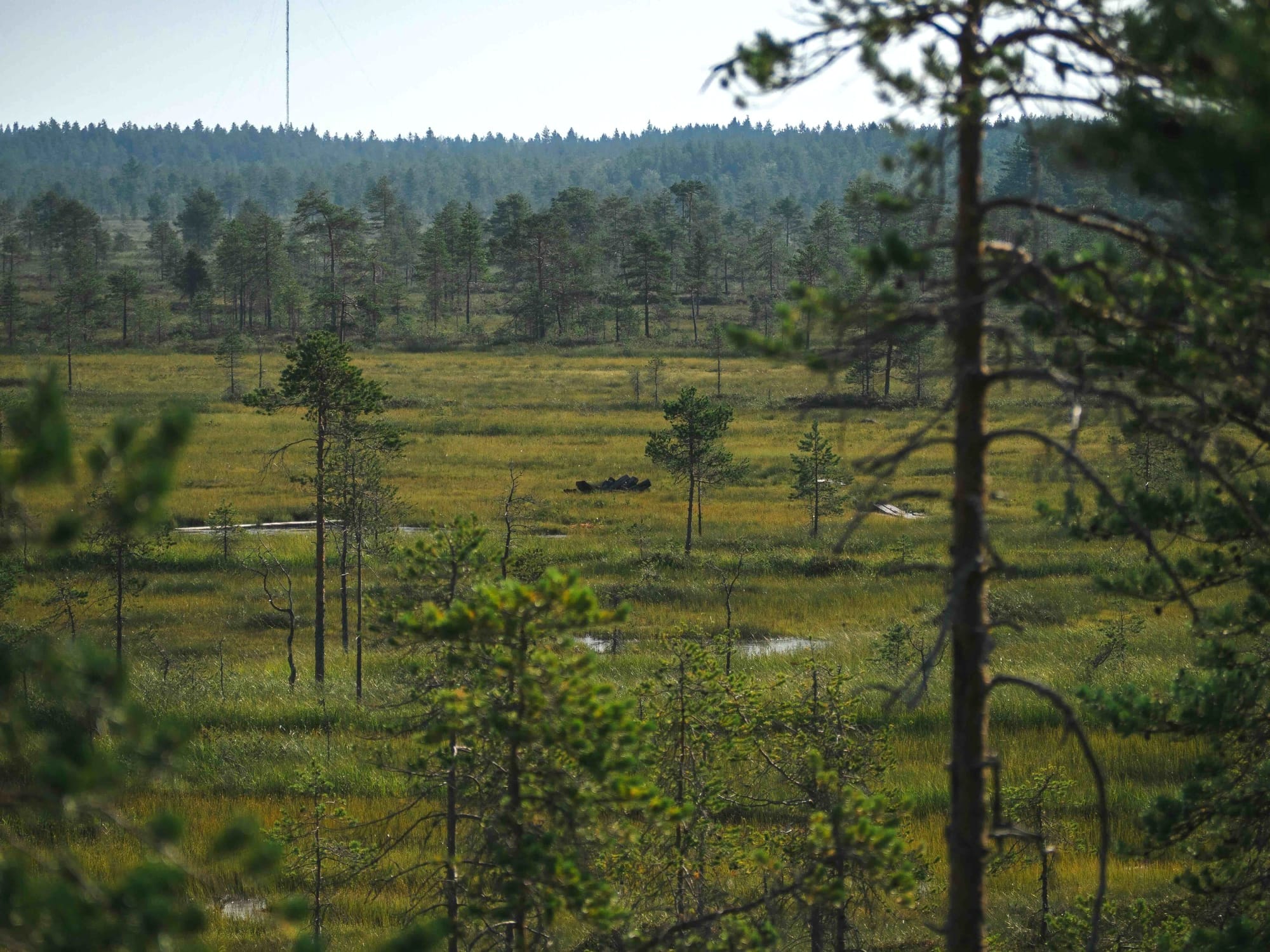Making carbon sequestration pay: Finland’s key to ecosystem protection
Finland is in a unique position. By embracing policies that make carbon sequestration and biodiversity valuable commodities, the country can both protect its natural heritage and distribute wealth to its population.

Forests, peatlands, and oceans act as natural carbon sinks, absorbing nearly half of human-generated CO2. As these ecosystems weaken under the stress of global warming, the urgency to protect them grows. Without well functioning carbon sinks, global heating will accelerate, making climate targets unattainable.
In Finland, this crisis is clear. Forests and peatlands, once relied upon to meet the country’s carbon-neutrality target for 2035, have begun releasing more carbon than they absorb. The impact of this can not be overstated with Finland off track to meet its objective.
This loss in carbon absorption from natural ecosystems set Finland's net emissions back to the same level as the early 1990s. This happens despite remarkable human efforts to reduce their emissions by 43% across economic sectors including transportation, heating and manufacturing. In short, all efforts of the population have been nullified by this weakening of the ecosystem.
The causes are well-documented. Locally, Finland weakened the natural ecosystem by still burning peatland for energy, and expanded clear cut forest now accounts for the majority of emissions from Finland’s land sector. Combined with global climate trends towards more heat and less rain, this has led to further degraded peatlands and forest ecosystems, resulting in tree mortality never seen before.
The current government’s proposal for forest protection falls far short of addressing the roots of the issue. While local solutions exist such as banning exploitation of peat for energy, supporting selective cutting, and maintaining wetlands, it has instead set criteria for old-growth forest protection that are too narrow, focusing only on untouched forests. If accepted, the plan could accelerate large-scale deforestation across the country, particularly in southern Finland. Critics, including more than 350 environmental researchers, argue that the proposal would leave many valuable forests vulnerable to logging.
Financial gains for forest owners in carbon sequestration initiatives
No one disputes that wood-based products are vital to Finland’s economy and culture. Forestry supports thousands of jobs and contributes significantly to GDP. Forests also mostly belong to small-scale owners which contributes to a fair distribution of wealth in the country. But, the sector can do much better to be both economically viable and participate in the country's climate target.
The sector has little financial incentive to change current practices of forest management. So far, forest owners have received virtually no financial support from Finland (or the European Union), despite the EU Forest Strategy for 2030, which puts forest management at the forefront of Europe's climate strategy.
This is where Finland has a massive opportunity amidst this crisis. As outlined in the Greens Economic Policy, the government should provide forest owners with an alternative to the production of wood as a raw material, by making carbon sequestration a financially interesting product.
This is not a pipe dream. Estimated on the basis of emissions trading prices, the value of the carbon sink of our forests already exceeds the lump sum income paid to forest owners. By pricing it accordingly, the owners will be fairly compensated for the increased costs for changing their management practices and forgone economic benefits from selling. This idea is at the core of EU Forest Strategy and would need Finland as a front runner so that it really happens concretely to the benefit of landowners, Finland as a whole and the world at large.
Located at the Northern tip of the world, Finland is in a unique position. The country stands at a critical juncture. The path forward requires bold innovative approaches to forest management. By embracing policies that make carbon sequestration and biodiversity valuable commodities, the country can both protect its natural heritage and distribute wealth to its population. Now is the time for Finland to lead in sustainable forestry and set an example for Europe and the world.
Sjoerd Handgraaf & Denis Ruysschaert
Sjoerd Handgraaf is a member of GreenSisu and will be a candidate for the municipal elections in Kirkkonummi in 2025.
Denis Ruysschaert is Faculty Lead Environment and Sustainability at the Geneva Graduate Institute. He is a 2025 municipal election green candidate in Kauniainen.





